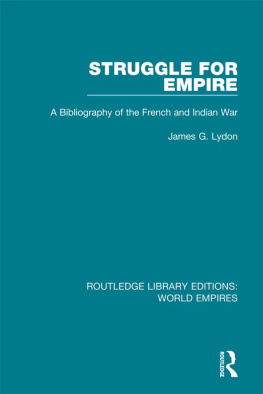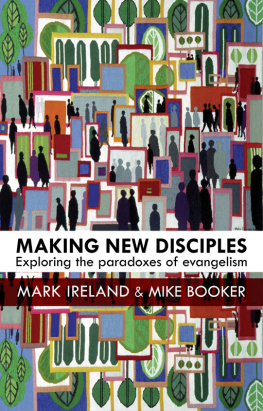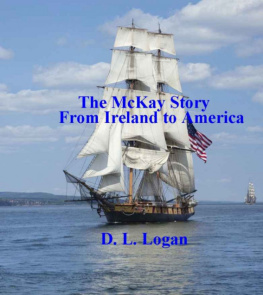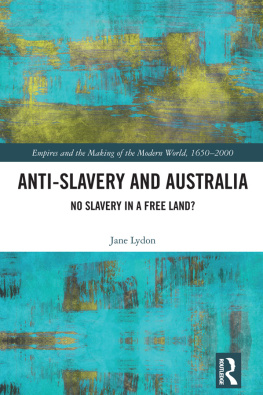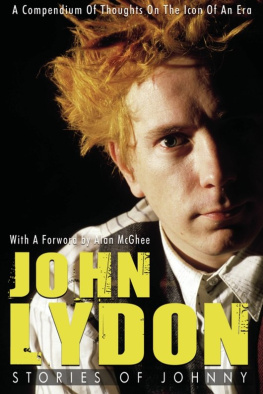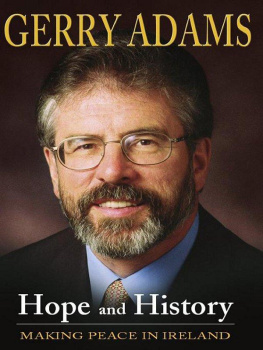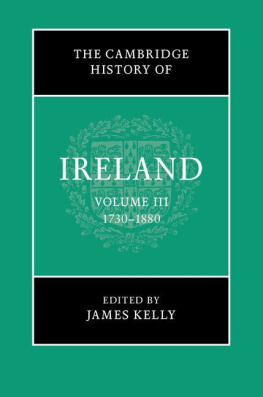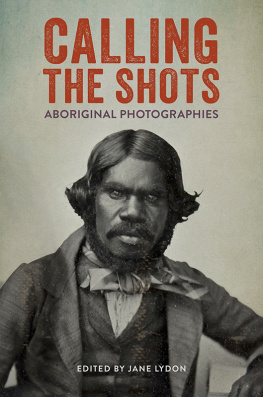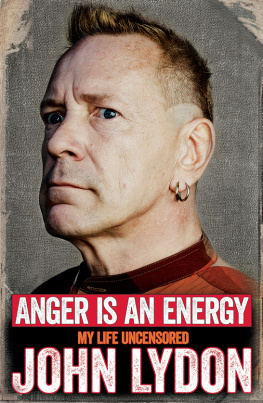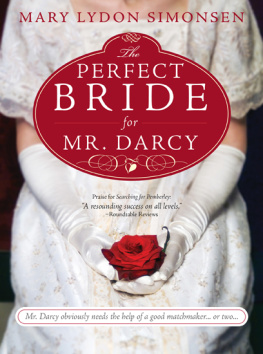The Making of Ireland
Mr Lydon has written a comprehensive history of Ireland from ancient times to the present a joy to read.
Gordon Beadle, State University of New York, Cortland
The author has produced a first rate general survey of Irish history which should take its place amongst the best of its kind. Lydon offers us a new standard for a single volume history of Ireland in a book which is graceful, suggestive and distinctive.
Sean Farrell Moran, Oakland University
The Making of Ireland provides an accessible history of Ireland from the earliest times. James Lydon recounts, in colourful detail, the waves of settlers, missionaries and invaders who have come to Ireland since pre-history and offers a long perspective on Irish history right up to the present.
This full survey includes discussion of the arrival of St Patrick in the fifth century and Henry II in the twelfth, as well as that of numerous soldiers, traders and craftsmen through the ages. The author explores how these settlers have shaped the political and cultural climate of Ireland today and charts the changing racial mix which fashioned the Irish nation. Lydon also follows Irelands long and grievous entanglement with England from its beginning through to the present troubles.
The Making of Ireland offers a complete history in one volume. The nuanced narrative provides a coherent and readable introduction to this vital complex history.
James Lydon, formerly Lecky Professor of Modern History, Trinity College Dublin, and Fellow Emeritus, Trinity College Dublin.
The Making of Ireland
From ancient times to the present
James Lydon
London and New York
First published 1998
by Routledge
2 Park Square, Milton Park, Abingdon, Oxon, OX14 4RN
Simultaneously published in the USA and Canada
by Routledge
270 Madison Ave, New York NY 10016
Transferred to Digital Printing 2005
1998 James Lydon
Typeset in Times by
M Rules
All rights reserved. No part of this book may be reprinted or reproduced or utilized in any form or by any electronic, mechanical, or other means, now known or hereafter invented, including photocopying and recording, or in any information storage or retrieval system, without permission in writing from the publishers.
British Library Cataloguing in Publication Data
A catalogue record for this book is available from the British Library
Library of Congress Cataloguing in Publication Data
Lydon, James F.
The making of Ireland: a history I James Lydon.
p. cm.
Includes bibliographical references and index.
1. Ireland-History. I. Title
DA910.L87 1998
ISBN 041501347x (hbk)
ISBN 0415013488 (pbk)
For Brendan Kennelly, my friend
Contents
Preface
This book has been a long time in the making. I am a medievalist by training and inclination. It was for that reason that I was originally asked to write a replacement for A History of Ireland by Edmund Curtis, the great historian of medieval Ireland. It was a long, hard task, making me fully aware of what the Bible (Ecclesiastes, 12.12.) meant by: One last thing, my son, be warned that writing books involves endless hard work, and that much study wearies the body. My ignorance of most of the history of modern Ireland meant that I had to read what I could of the mass of literature which historians have produced in recent years in what can truly be called an historiographical revolution. I have been unable to resolve many of the problems encountered and can only hope that my interpretations will not cause too much offence. I am especially conscious that I have concentrated on political narrative, to the near exclusion of social and economic matters, except where they had an important impact on political developments. This was deliberate, otherwise the story would have been so long as to be unmanageable. Whether or not one agrees with Patrick Kavanagh that all history is legend the only value of history is to stir the imagination (Kavanaghs Weekly, 24 June 1952, p.2), there is no doubt that a journey through the history of Ireland will leave a deep imprint on the mind of the traveller. I hope that this account of my journey will convey something of the impression it made on me. Each person, in each generation, must discover the past.
October 1997
Trinity College, Dublin
1Saints and Scholars
Early Christian Ireland
The story of the Irish people begins about ten thousand years ago when the first men arrived from Europe to what was then probably already an island. These wanderers from middle Europe were nomadic hunters, using flint for their arrows and knives. In their search for food they gradually spread to different parts of the island, living from hand to mouth along the coast, by rivers and lakes, competing with animals for the food needed to sustain life. These hunters have left little trace other than the primitive flint instruments they used. Slowly they formed settled communities, living in circular huts made of saplings. During the millennia that followed, other men came to Ireland, who knew how to domesticate the animals needed for food and, more importantly, how to grow crops to add to their diet. New settled communities appeared, more permanent houses, burial places and religious sites. In many parts of Ireland megalithic tombs built of stone still survive, representing at once the graveyards of these distant stone-age people and their places of worship. In the Boyne valley the largest of them, elaborate in scale and plan, show evidence of a considerable technology, a delicate sense of design in the decoration widely employed and a sophisticated knowledge of measurement, all of which argues for an advanced civilization. The very size of some of them suggests a density of population and a developed social system capable of building such monuments.
By the time the great monument at Newgrange came to be constructed, in around 2500 BC , the people were growing wheat, as pollen analysis of turves on the mound has shown. But the Newgrange monument also shows that these people possessed an astonishing skill in engineering, sophisticated enough to manipulate huge masses of stone and to align the tomb so that the first rays of the sun on the morning of the winter solstice will shine through a special slit in the roof, along a passage for more than 60 feet, to focus on the most sacred spot at the heart of the mound, where no one would ever see it once the entrance was sealed and concealed. At the very depth of winter, when the dark was at its strongest, they captured and celebrated light. And where they thought no human eye would ever penetrate, they decorated the great stones of the tomb with abstract designs which can still set the imagination alight. While we may wonder at the religious impulse which drove the people to construct such massive monuments as Newgrange, they demonstrate the existence of large, settled communities with the necessary resources and leadership to provide and organize the considerable labour forces required for the construction over long periods of time and for the carriage of huge stones, often from long distances away. Wherever we find such clusters of different kinds of tombs, in many parts of Ireland, we have evidence of settlement, civilization and prosperity.
The tribes which settled down necessarily developed appropriate religious and secular institutions to govern their lives. But of these we know little, except what can be gleaned from much later, and suspect, literary sources. They practised agriculture and they developed technical skills of a high order which enabled them to work in gold, silver, bronze, and eventually iron. They perfected the art of pottery and became adept at the difficult medium of ceramics. They clearly had a keen sense of beauty which impelled them to produce artefacts which were purely ornamental in purpose, and possessed a sure sense of design. All of this argues for a high level of civilization, so that it is remarkable that they did not develop an alphabet for writing (apart from the crude ogham alphabet which was used for inscriptions on stone and possibly wood). It must be presumed that this was deliberate. The succeeding invasions and settlements of Celtic tribes continued to bring new skills and knowledge, but never the art of writing. The last to come, the Goidels, who imposed their own Gaelic culture over the island, produced a rich oral literature which, to judge from its later written forms, was derived from the common stock of heroic and mythical traditions which was shared by the Indo-European world. They also developed a complex and sophisticated legal system, preserved in a body of laws which was passed on orally through generations of the legal caste which was its custodian. Inaugural rites for the sacral kings, the privileges and obligations of the warrior aristocracy, the historical lore of sacred places, and the genealogies of kings were never committed to writing, but were handed on orally. While the rest of the civilized world was committing history, laws and literature to writing, Ireland was left without letters.



